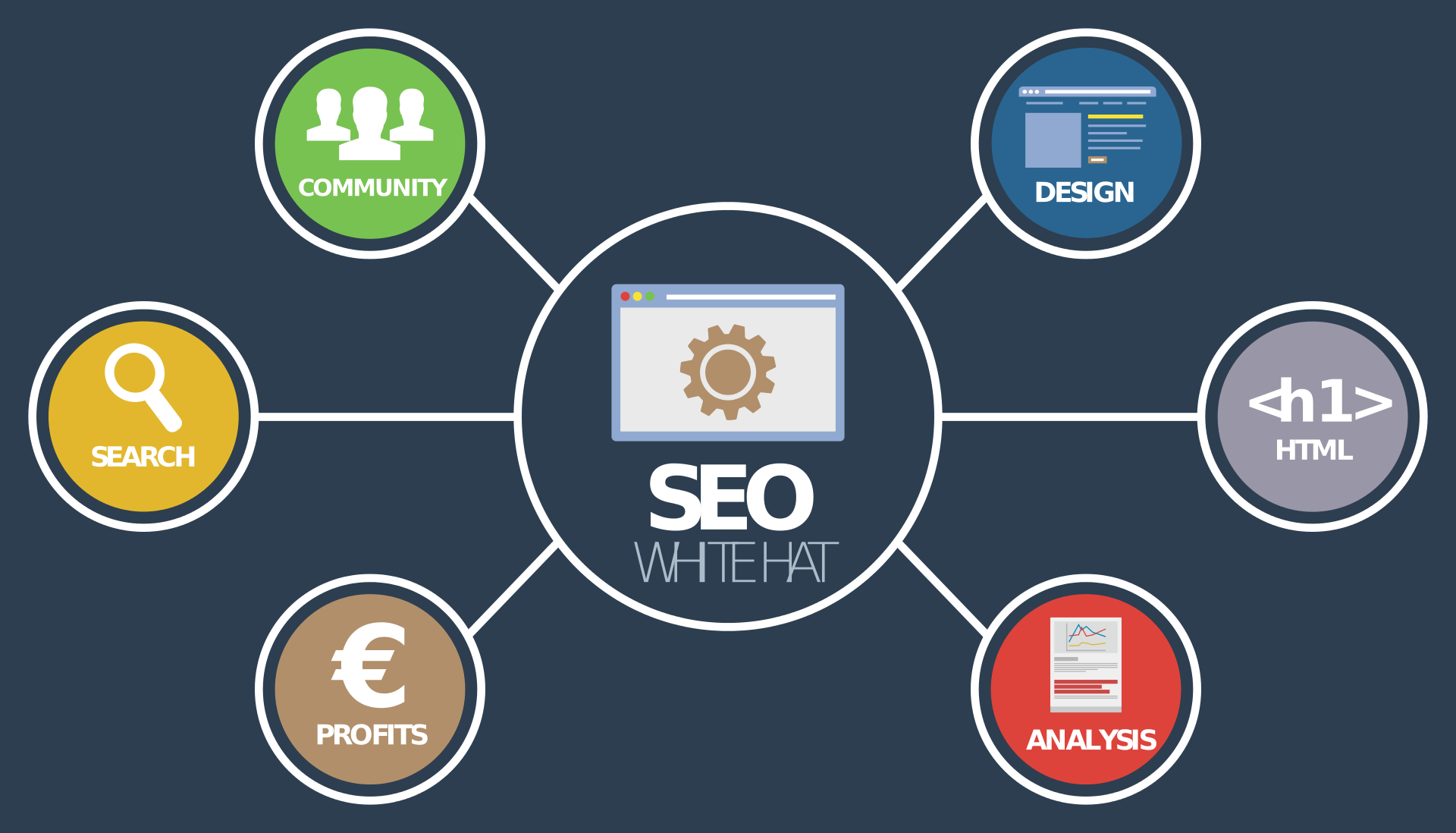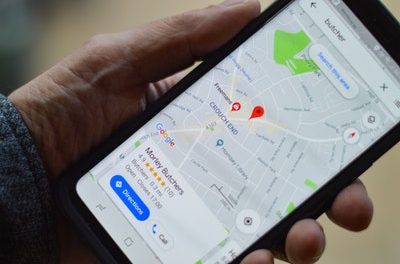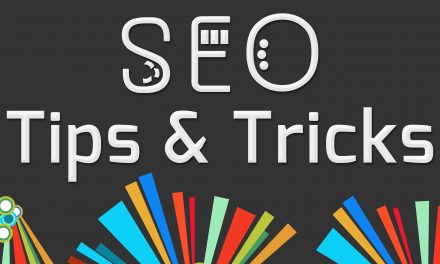
Website Design and SEO: How to Tell if Your Website Design is SEO-Unfriendly

So, you took the plunge and created a website. You researched search engine optimization, know all there is to know about properly placing keywords, and coming up with unique content. But, your website still isn’t seeing the traffic you think it deserves.
Website design and SEO should complement one another. In essence, they are two sides of the same coin which need to intermingle throughout your website.
We all want our websites to be successful. But your website design and SEO produced an unfriendly combination, which could be hurting your ranking, business, and traffic stats.
Read on to learn how to know if your website design is killing your SEO efforts.
Website Design and SEO: Is Your Website Design Undermining Your SEO Efforts?
Website design is equally important as SEO standard practices. Here’s how to know if your website design is making your SEO unfriendly.
1. The Design Isn’t Mobile Friendly
A large chunk of the American population doesn’t even have broadband internet service. Instead, they use their smartphones to browse the web and find content.
When a website design isn’t mobile friendly, search engines catch on to this. It causes the page to load at a slower pace. When users also click the back button, it takes note of that too.
If you’re using WordPress, choose a template that has a built-in mobile-friendly design. The template will automatically make your website design mobile-friendly without lifting a finger. From there, make sure that you like the way that the mobile-friendly version of your website looks.
If you’re hiring someone to design your website, discuss with them the importance of a mobile-friendly version of your website. Website designers generally do understand the necessity of a mobile-friendly website, but it doesn’t hurt to make it clear that your website needs to have this feature.
Conception site web business can also help you to manage and create your website design based on mobile-friendly SEO practices.
2. It’s Too Fancy
By “fancy” we mean that there’s too much going on. Too much going on on your website translates to slower loading times.
While fancy components such as splash pages may look great, when a search engine tries to index your website it will become confused. This could be undermining your SEO efforts.
Pop-ups also are red flags for search engines. Pop-ups are annoying to users. Plus, they slow down the loading time of your website which also is a no-no for search engines.
Moving images and videos also slow down the load time of your website. If you are set on using these components, use them sparingly and when they enhance the content on your website. Keep in mind that search engines value text which can easily index over images or moving components.
Search engines want the content they reveal to folks to be valuable. Slow loading times due to splash pages and pop-ups lead the search engine to believe that the user is going to not be impressed and click the back button.
In short, search engines favor responsive and neat design over fancy and cluttered.
3. Poor Meta Descriptions
Meta descriptions are a snippet of the content appearing on the search engine results page. Meta-descriptions briefly describe what the user can expect from the page.
When producing content it’s easy to overlook this important component of website design. However, using meta descriptions that enhance your content and make it easier for search engines to index is beneficial to SEO.
When creating meta-descriptions, place the keyword within the content in the meta-description. This allows the search engine to view your content as organized and easy-to-navigate.
Meta-descriptions need to be brief and to the point. Aim for less than 320 characters or else search engines like Google will not hesitate to shorten it up. This shortened version will undoubtedly confuse your website visitor and make your website appear unprofessional.
4. Poor Navigation
A website’s design should make it easy for a visitor to navigate from one page to the next. Your page’s main navigation links need to make sense to the visitor and to search engines.
Sub-categories within your main navigation categories also need to be balanced. For example, say you have your homepage, your home products, outdoor products, blog, about us, and contact us as your main navigation page links. Under each of those categories, subcategories need to be around the same amount of links if possible.
Navigation links also need to be clearly visible at the top and bottom of each page. Include a footer link on your website of the navigation bar so that visitors don’t have to scroll all the way back up to the top of the page to access to a different page.
5. URL Wording
If your URL’s for each page doesn’t include the keywords used within the content of the page, then this could be a website design flaw that needs correcting.
Just like your meta-descriptions need to include the keyword, so does the URL of the page. This allows the search engine to see that there is a cohesion between the content throughout. The search engines see that the content will make more sense to the visitor because the keywords are consistent, relevant, and properly placed.
For example, if you’re publishing a blog post on your website and the keyword phrase is “benefits of kale,” then the URL should also contain “benefits of kale” in some capacity.
If you’re using WordPress, make sure that the “permalink” or the URL, title, and meta-description all contain the keyword you selected. If you change the title while editing the content, make sure that the permalink reflects these changes as well. Sometimes the permalink doesn’t update itself when the title changes, so double check to ensure it reflects the new title.
On WordPress, you can also install the Yoast SEO plugin which will notify you when these components are not SEO-friendly. This plugin will prompt you to create an SEO-friendly meta-description, content improvements, and keyword usage amount. Yoast SEO is a great tool for tracking these opportunities to improve your website’s ranking.
6. Duplicate Content
Duplicate content to a search engine is like trying to tell identical twins apart without knowing their personalities or individual quirks. If your personal blog website and your business’s blog website contain the same blog post, then search engines won’t be able to tell which is more important in terms of producing a ranking.
As a result, both websites get dinged. To correct this issue create a 301 redirect to the original source of the content so that search engines better understand where the link originated. Place the 301 redirects from the copies to the original in order to make it clear to search engines that the original piece is the most important.
7. Not Keeping Up With SEO Trends
SEO best practices change frequently. As search engines continue to develop and become smarter, new SEO practices emerge.
It’s not enough to create your website, design it, and use current SEO best practices. You must also maintain it with the latest upgrades and technology.
Imagine, for example, a business that created their website in 2000. Smartphones were not as popular, search engines used different indexing tools, and load time was slow for nearly everyone because of dial-up. Website design was also not anywhere near as complicated as it is now.
Back in the day, even Myspace users could code their profiles. Nowadays, we use templates or hire a professional to create our website because coding is too advanced.
Do you think the website design created in 2000 would rank today without improving their website design and SEO? No way! Technology in the digital age is growing at super fast speeds, and it’s our job to remain aware of these trends or else get left in the dust.
Every couple of months, do some research to see if there are any new developments in website design and SEO practices. If you’re using WordPress, make sure to upgrade plugins and add-on’s to the latest version to improve your website’s functionality. If you hired a professional to design your website, keep an open relationship with them so that they can update your website as needed.
Want to Learn More about Website Design and SEO?
Website design and SEO are more accessible than ever with the invention of website builders such as WordPress and plugins like Yoast SEO.
While sites like WordPress help us to design our website, it’s up to us to continuously improve our SEO knowledge and practice. Knowing the rights tools and keeping up-to-date with SEO trends can help us to get more traffic to our websites, expanding our business in the process.
Check out our blog post to learn about 10 ways to boost your website design to be more SEO friendly.











































